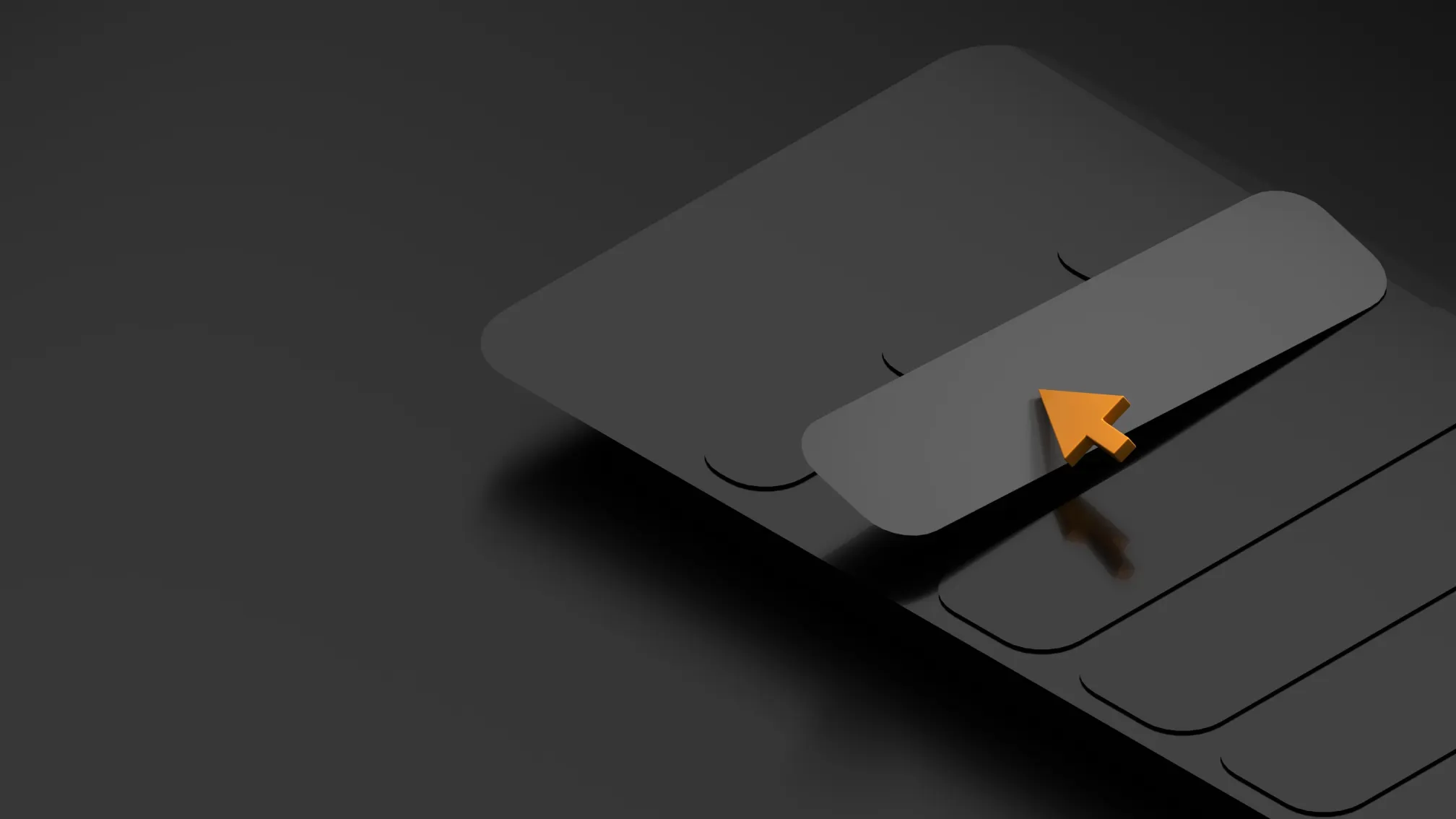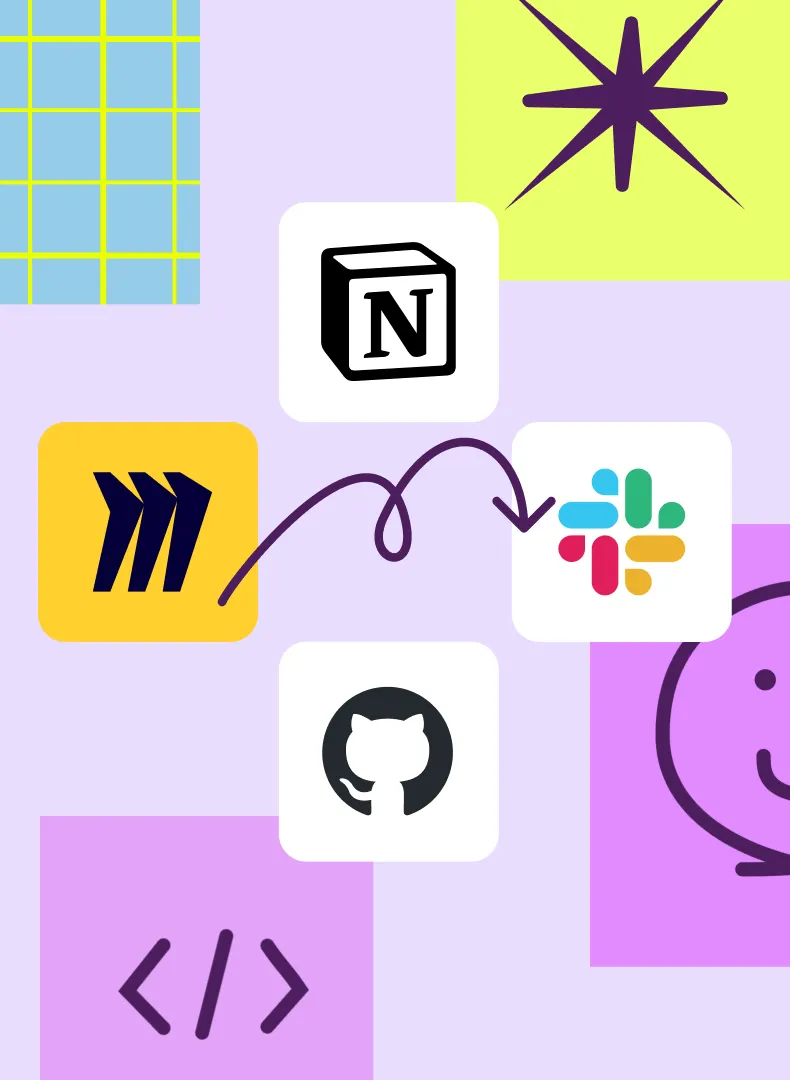Product designers continuously identify and adopt new methodologies and approaches to improve the quality and effectiveness of their work—such as:
Lean brand:
Successful organisations understand that their brand is in many ways the most important aspect of the business. Brand defines the entire relationship a business has with its customers and the experience it provides.
Lean brand development is about creating successful, innovative and disruptive brand relationships with customers. It focuses on experimentation, iteration, and elimination of wasted effort. It offers a scalable framework, with ongoing cycles of improvement based on customer testing and validation of value hypotheses.
Jobs To Be Done:
In the Jobs To Be Done (JTBD) framework, the needs of users or customers are analysed in terms of “jobs”—the tasks, objectives or outcomes that a user wants to achieve. Once the underlying tasks have been identified, the JTBD framework helps design teams to reshape or reinvent their product to meet those needs.
JTBD allows designers to break down user needs into a series of specific process steps, creating a “job map”. This gives product teams a powerful structure for translating real customer needs into better digital products.
Grounded theory:
As the name suggests, grounded theory aims to generate product insights that are ”grounded” in data—such as user interview recordings or transcripts, collected and gathered in a database. The product designer will then work through and analyse the data, organising their findings into concepts, issues, categories and themes.
Finally these can be refined into a set of core insights— valuable evidence-based learnings that can have a real positive impact on the development and direction of a digital product.
Atomic design:
The huge and increasing variety of devices and screens has led designers to seek ways to bring more order and structure to digital design. The methodology of “atomic design” breaks down user interface (UI) design into small, manageable components that can be combined to build any desired layout.
The five key stages of atomic design thinking are atoms, molecules, organisms, templates and pages. By bringing modularity, hierarchy and reusability to digital product UI, atomic design encourages consistency, efficiency and quality—and has been rapidly adopted by designers as the basis of their design systems.
Design tokens:
Managing brand implementation and design consistency across multiple digital channels is complex. Helping to address this challenge, design tokens are small pieces of code that represent an aspect of a UI—such as a colour, a typeface, or a transparency value.
If a brand element needs to be changed, only the relevant token value needs to be updated in a central repository—and the change will be quickly and easily propagated to every UI element using that token, across every platform. Along with atomic design, design tokens are becoming a key building block in many organisations’ design systems.

